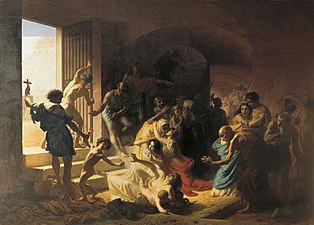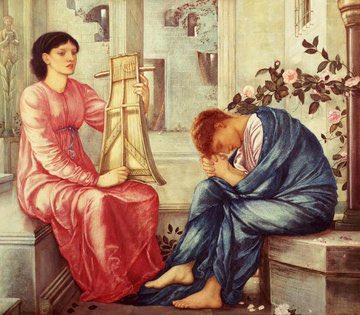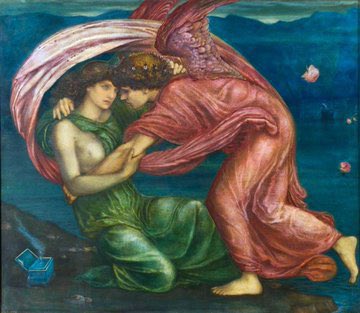1866のTwitterイラスト検索結果。 1,142 件中 8ページ目
Illustration for John Milton's Paradise Lost by Gustave Doré (1866). The #Lucifer
Check out these awesome projects and win a #devilishtoonz
Giving away this @Devilish_Toonz Devil, 1866 I swept off the floor this morning. Join the space and retweet me to be entered in a random drawing-winner chosen at the end of the space! https://t.co/smjvVBFfMZ
@smarucci461 @MariangelaSant8 @paoloigna1 @albertopetro2 @BrindusaB1 @migliaccio31 @LunaLeso @NadiaZanelli1 @AlessandraCicc6 @ampomata @neblaruz @fra852 @Messe11 @martinis2018 @scastaldi9 @EnricoCastrovil @Sensibilia8 @ritamay1 @lagatta4739 @djolavarrieta @JohnLee90252472 @arteeblog Dmitry Kardovsky (5 September 1866 - 9 February 1943) was a Russian artist
Claude Monet (French, 1840-1926)
“Seascape, Storm”, 1866, Oil on canvas, Clark Art Institute.
Monet experimented with technique in this early seascape, using subdued colors and applying paint in broad strokes, sometimes with a palette knife.
🎨Eliseu Visconti (1866-1944)
One of the most essential artists in Brazil during the arrival of the Impressionist style in the country.
I now officially own token #1866 😍😍
https://t.co/Gj5174Fyl4
Thank you @pudgypenguins @usecyan ❤️
#nft #opensea #nfts #nftart #nftcollector #nftcommunity #nftcollectors #FoundationNFT #nftcollectors #photo #artshare
Carlos Schwabe (1866-1926), four illustrations for Baudelaire’s “Les Fleurs du Mal [The Flowers of Evil]” (1900).
Monna Vanna, 1866 #englishart #danterossetti https://t.co/EnQ3G4McHu
The Princess Sabra Led to the Dragon, by English painter Edward Burne-Jones (1866). In private collection.
🎨 #KonstantinFlavitsky, Russian painter, #DOTD 3 September 1866. #Art #Painting
Kamisaka Sekka (Japanese, 1866 - 1942) - Momoyogusa (Flowers of a Hundred Worlds), walking woman, cc 1909-1910
George & the Dragon (c1866), The Lament (1866) & Cupid delivering Psyche (1867). Here we see the influence of Titian in the roll of the draperies
Lo que parece no dejar pie a dudas es el título de la obra,Carlota en el campamento del tercer regimiento de zuavos en San Jacinto,1866. Este grabado que comparto, inédito en redes,fue publicado en L’Illustration en Paris, el 4 de agosto de 1866. El óleo y el grabado,idénticos













































